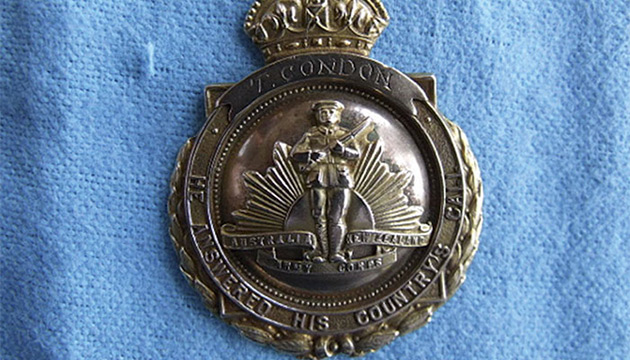Like the trees for which they are named, the WWI recruits known as The Kurrajongs are ever green in the eyes of their home town.
Story By Amanda Burdon
It is early 1916. Australian soldiers have suffered heavy casualties on the Gallipoli Peninsula and World War I is gathering pace on the Western Front. Enlistment rates in Australia have fallen dramatically, yet the Commonwealth Government has promised a further 50,000 troops for the war effort.
Recruitment offices are mobilising across New South Wales. During patriotic rallies in town after country town, recruiters are making passionate appeals to men to help defend the Empire. “If you love your country, if you love freedom, then take your place alongside your fellow Australians at the front and help them achieve a speedy and glorious victory,” Prime Minister Billy Hughes implores.
Almost 600 young men have already enlisted from the Inverell district, in northern New South Wales. But in January 1916, 114 more – mostly farmers and station hands, stockmen and shearers – heed the call. The Kurrajongs, as they become known, possibly for the hardy, evergreen trees that typify the district, become the largest single contingent to leave a country town together for war service.
Their farewell – a festive march down the main street on January 12, 1916 – is reported in the local newspaper as “probably the proudest day Inverell has ever experienced”. A crowd of 4000 has assembled, shops are closed and the new recruits are escorted by mounted troopers and a Light Horse detachment, several bands and the fire brigade. Each wears a white hat and a Kurrajong sprig on his lapel, and the train that spirits them to a military depot in Narrabri is adorned with large Kurrajong boughs, flags and banners. By the time they reach the depot, their ranks have swelled by 30, following stops and similar patriotic events at Warialda and Moree.
Several snowballing recruiting marches preceded that of The Kurrajongs – famously the Cooee March from Gilgandra to Sydney and the Kangaroo March from Wagga Wagga to Sydney, both on foot – after the State Government launched an ambitious recruitment campaign in October 1915. But walking from the far north of New South Wales to Sydney at the height of summer was considered neither healthy nor expedient, so The Kurrajongs travelled by train.
This Story is from Issue #103
Outback Magazine: Oct/Nov 2015










